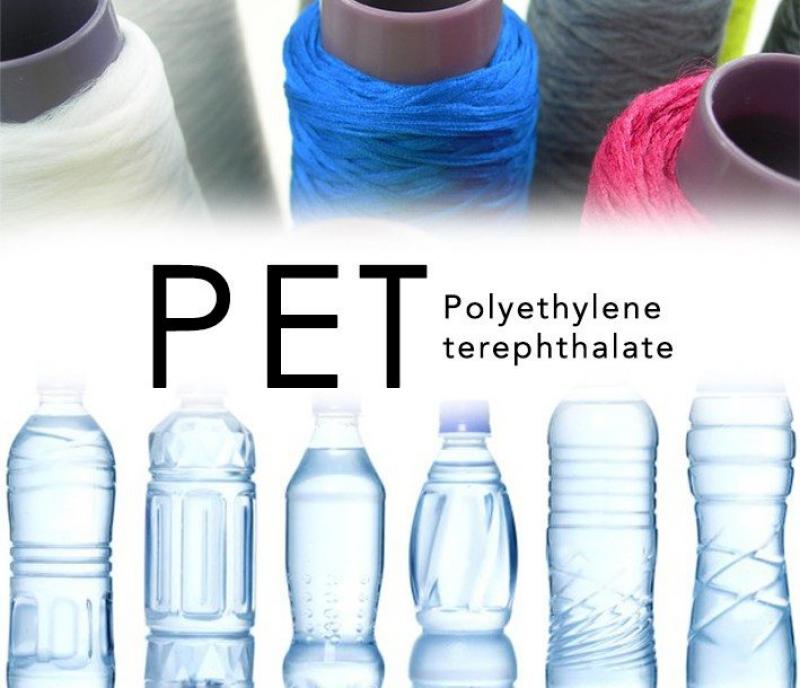Introduction
In recent years, the Polyethylene Terephthalate (PET) market has experienced an exponential surge in demand across various industries. With its versatile applications, PET has established itself as a key player in the global market, providing sustainable solutions for packaging, textiles, and other essential products. This blog delves into the multifaceted world of PET, shedding light on its current market status, growth drivers, and potential challenges.
The Rising Tide of PET Demand
Polyethylene Terephthalate, commonly known as PET, is a lightweight, strong, and flexible polymer derived from petroleum. Its widespread adoption is predominantly fueled by the growing preference for sustainable packaging solutions. As consumers become more environmentally conscious, PET's recyclable nature and low carbon footprint have positioned it as an eco-friendly alternative to conventional packaging materials like glass and metal. The packaging industry is the primary driver behind PET's soaring popularity. It is widely used for bottling beverages, such as water, carbonated drinks, juices, and alcoholic beverages, as well as for packaging food, cosmetics, and pharmaceutical products. The convenience and cost-effectiveness offered by PET containers have made it an attractive choice for manufacturers and consumers alike. Rising demand for polyethylene terephthalate in food and beverage packaging such as carbonated soft drinks packaging contributed to the growth of the global polyethylene terephthalate market.
Additionally, the textile industry has embraced PET through the production of polyester fibers. These fibers find application in clothing, home textiles, carpets, and various other products. The inherent durability and easy maintenance of polyester fabrics contribute to its steady demand growth.
Geographical Trends in the PET Market
Asia-Pacific holds a dominant position in the PET market, driven by rapid industrialization, population growth, and urbanization in countries like China and India. The region's booming food and beverage industry, coupled with the rise of e-commerce, has further escalated the demand for PET packaging. North America and Europe follow closely, with a focus on sustainability and stringent regulations promoting the use of PET in packaging and textiles.
Challenges on the Horizon
Despite its remarkable growth, the PET market faces some challenges. The first and foremost concern is the recycling infrastructure. While PET is recyclable, the lack of efficient recycling facilities and consumer awareness hampers its full potential. Governments and industry stakeholders must collaborate to strengthen recycling processes and educate the public about the importance of recycling PET products.
Moreover, the increasing popularity of alternative packaging materials made from biodegradable or compostable sources poses a competitive threat to the PET market. To maintain its market share, the PET industry must continually innovate and improve its sustainability credentials.
Conclusion
The Polyethylene Terephthalate (PET) market is on a trajectory of continuous growth and innovation. Its versatility, durability, and eco-friendly attributes have made it indispensable in various industries, especially in packaging and textiles. While the market basks in its success, it must address the challenges it faces to sustain its position in a world increasingly focused on environmental responsibility. With the right measures and collaborative efforts, the PET market can continue to thrive and contribute to a greener, more sustainable future.
